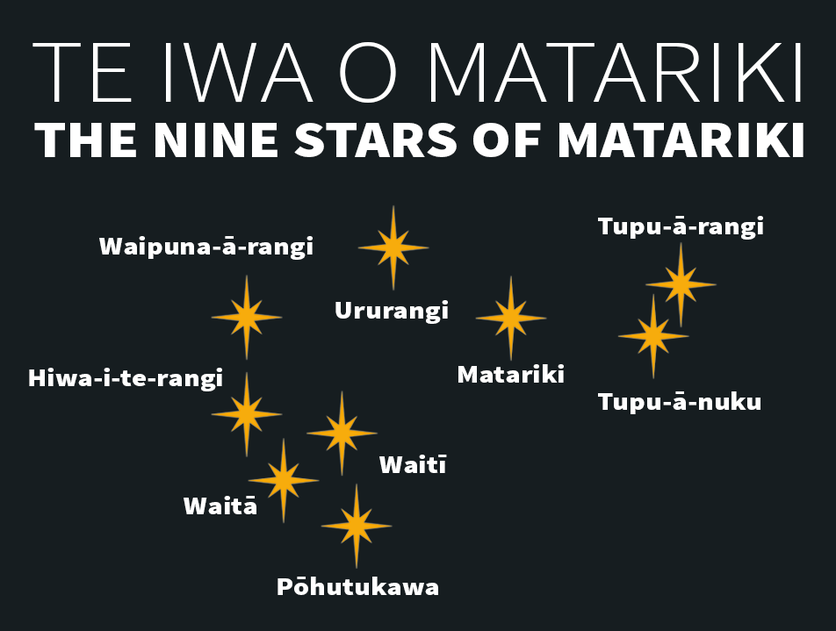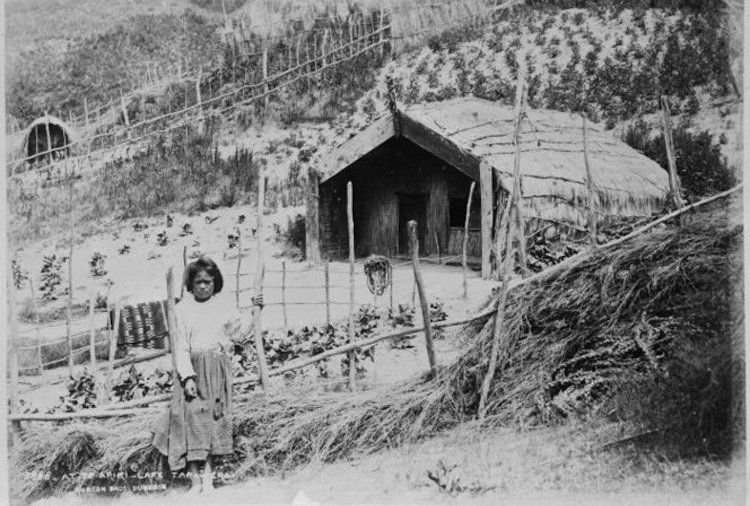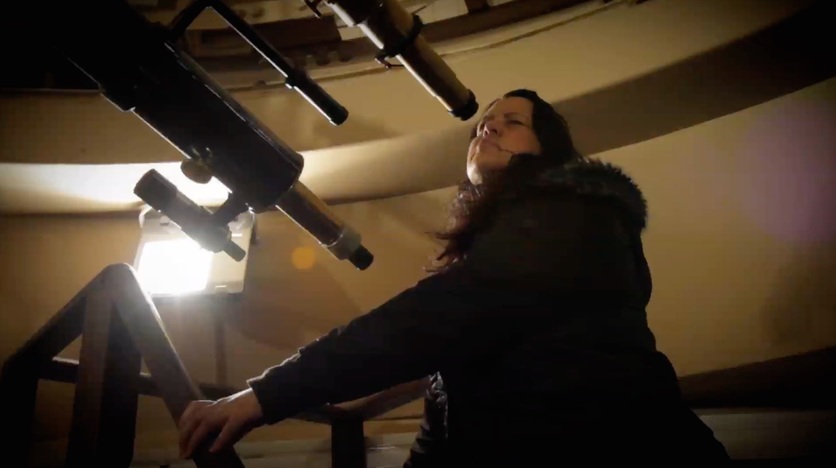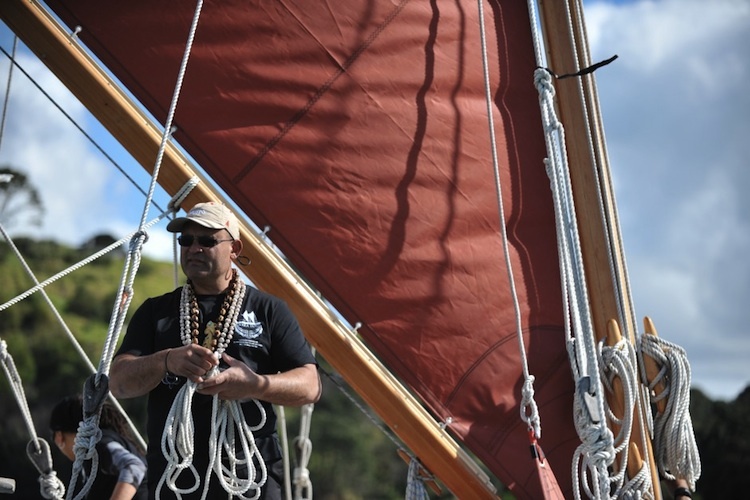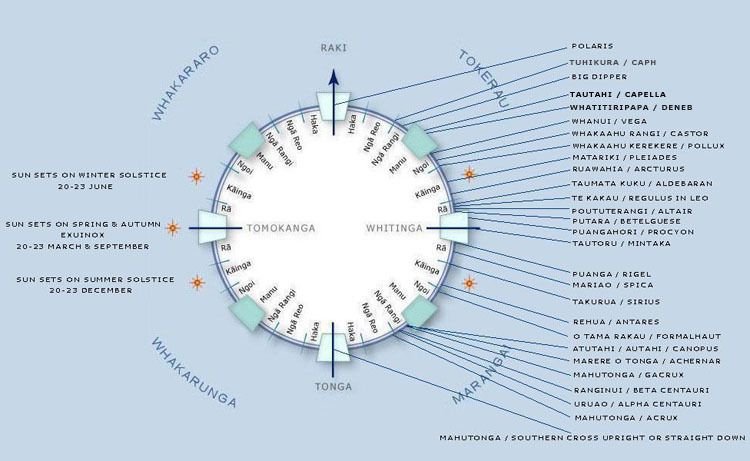Māori ancestors possessed a wealth of astronomical knowledge that they referred to as tātai arorangi.
The knowledge was important for many aspects of daily life, from growing crops, fishing and navigation to telling time and the change of seasons.
Project Mātauranga
Watch Series 2/Episode 8: Tātai arorangi
Project Mātauranga is a television series that investigates Māori world views and methodologies within the scientific community and looks at their practical application. Each of the 13 episodes in series 2 shows how western science and Māori knowledge systems are combining to provide solutions to a variety of challenges.
The Science Learning Hub thanks Scottie Productions for allowing us to host these videos.
For example, Māori used the stars to calculate the season and time. This was done by viewing the various stars that rose in the morning just before the Sun came up. Because the stars rise 4 minutes earlier every day, the star that sits on the horizon will let you know what season it is. So if it’s winter, Takurua will be the star that comes up just before the Sun, and in the summer, it’s Rehua.
The Māori knowledge framework was based around whakapapa kōrero – spoken narratives that held a lot of philosophical and technical information. Some knowledge was also recorded in art forms like carvings and passed down in waiata (song).
With the arrival of Europeans and colonisation in the mid 1700s, much of this information was lost or reinterpreted as mythology or history – as opposed to the science that it was.
Astronomy and crops
Māori astronomy has a very strong connection with planting and harvesting of crops. For example, rākaunui (the full Moon) was when different iwi planted crops because the Moon was thought to draw water nearer the surface, and when the seedling went into the ground, it was quick to take up that water.
Learn about early Māori horticultural science and crops.
Te whāinga – the goal
In 2009, a group of people came together with a shared goal to preserve and revitalise Māori star lore. The diverse group was made up of astronomy enthusiasts, academics such as astrophysicist Dr Pauline Harris, master carver Dr Takirirangi Smith and master navigators Hekenukumai Busby and Jack Thatcher.
Together, a group was formed – the Society of Māori Astronomy Research and Traditions (SMART). SMART is working to collate knowledge from different iwi around the country and from archival sources.
Meet some members of SMART
Master navigator Jack Thatcher is one of only two New Zealand graduates in celestial navigation, having been trained in the ancient art by master navigator Nainoa Thompson – the first Hawaiian to practise the art of Polynesian navigation since the 14th century.
Hoturoa Kerr is a waka expert and lecturer in Māori Studies. Meet Hoturoa as he talks about his memories of the Waikato River.
Dr Pauline Harris is featured in this 2018 Connected article Listening to the land. She is working with a team of researchers to collect and record mātauranga from iwi and hapū about plants and animals in Aotearoa.
Solution
A lot of knowledge is held by kaumātua and within early accounts of Māori. The SMART team are seeking out this knowledge and unpacking the scientific observations.
We’ve got people looking for new planets and new galaxies, and we need to be part of that. Now, our ancestors, they travelled into the heavens to place the stars. That’s part of who we are, and I don’t think that we should be content perhaps just to maintain our traditional knowledge, but understand that and also merge that together with the greater science community.
Dr Rangi Mātāmua
Alongside their work in cultural preservation, SMART is also revitalising tātai arorangi. One aspect of this revitalisation is the combining of tātai arorangi with current astronomical research. The other is sharing the knowledge with present and future generations.
Wayfinding
Early Māori used their astronomical knowledge to sail vast distances across the Pacific to first settle New Zealand. This remarkable feat was partly made possible by an indepth understanding of the position and movement of the stars.
Learn about traditional navigation using the star compass.
Related collection
Find out more about the Society of Māori Astronomy Research and Traditions (SMART) in this article.
Space has a complex and extensive whakapapa. This article touches on a few aspects of this astronomical knowledge.
Nature of science
Both observation and investigation are scientific skills that are vital to understanding the world around us. Throughout this article, you can see how, over time, Māori have utilised both these skills to develop an indepth understanding of the Earth’s astronomical systems in order to successfully navigate, grow kai and calculate time.
Useful links
Visit the Society of Māori Astronomy Research and Traditions (SMART) Facebook page.
See the book Matariki: The Star of the Year by Dr Rangi Mātāmua. Based on research and interviews with Māori experts, it explores what Matariki was in a traditional sense so it can be understood and celebrated in our modern society.
Professor Rangi Mātāmua was curator of the 2019 Waikato Museum exhibition, Te Whānau Mārama: The Heavenly Bodies, which was about the history and meaning of Matariki. In this RNZ interview Māori astronomy – Te Whānau Mārama he shares Māori understandings of the night sky with Bryan Crump.
Find out more about the Māori lunar calendar, Maramataka on the Te Papa website, this includes teaching resources.
Land of Voyagers, on the Mātauranga website, has a number of multimedia resources that explain astronomical knowledge and other techniques used in traditional navigation.
